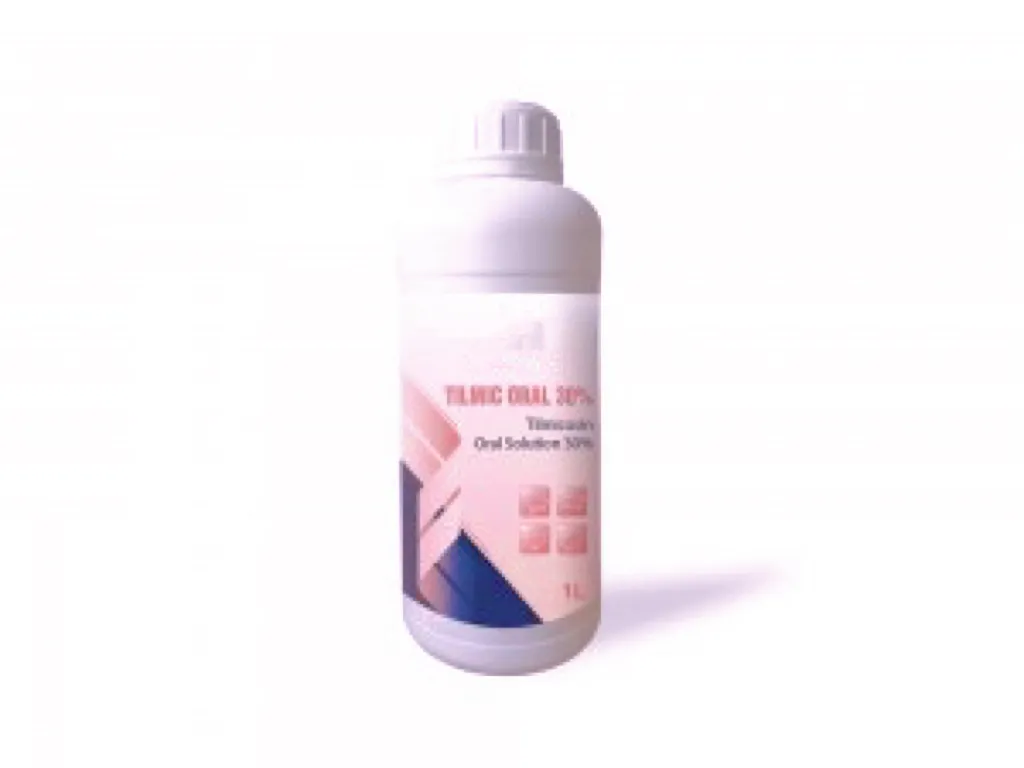- Afrikaans
- Albanian
- Amharic
- Arabic
- Armenian
- Azerbaijani
- Basque
- Belarusian
- Bengali
- Bosnian
- Bulgarian
- Catalan
- Cebuano
- Corsican
- Croatian
- Czech
- Danish
- Dutch
- English
- Esperanto
- Estonian
- Finnish
- French
- Frisian
- Galician
- Georgian
- German
- Greek
- Gujarati
- Haitian Creole
- hausa
- hawaiian
- Hebrew
- Hindi
- Miao
- Hungarian
- Icelandic
- igbo
- Indonesian
- irish
- Italian
- Japanese
- Javanese
- Kannada
- kazakh
- Khmer
- Rwandese
- Korean
- Kurdish
- Kyrgyz
- Lao
- Latin
- Latvian
- Lithuanian
- Luxembourgish
- Macedonian
- Malgashi
- Malay
- Malayalam
- Maltese
- Maori
- Marathi
- Mongolian
- Myanmar
- Nepali
- Norwegian
- Norwegian
- Occitan
- Pashto
- Persian
- Polish
- Portuguese
- Punjabi
- Romanian
- Russian
- Samoan
- Scottish Gaelic
- Serbian
- Sesotho
- Shona
- Sindhi
- Sinhala
- Slovak
- Slovenian
- Somali
- Spanish
- Sundanese
- Swahili
- Swedish
- Tagalog
- Tajik
- Tamil
- Tatar
- Telugu
- Thai
- Turkish
- Turkmen
- Ukrainian
- Urdu
- Uighur
- Uzbek
- Vietnamese
- Welsh
- Bantu
- Yiddish
- Yoruba
- Zulu
Dic . 05, 2024 22:02 Back to list
Classification of Veterinary Disinfectants by Their Active Ingredients and Properties
Disinfectant Groups in Veterinary Medicine
Disinfectants play a crucial role in maintaining hygiene and preventing the spread of infectious diseases in veterinary settings. With various pathogens posing threats to animal health, understanding the different disinfectant groups available is essential for veterinarians, animal caretakers, and facility managers. This article will explore the primary categories of disinfectants used in veterinary medicine, their characteristics, and their applications.
1. Alcohols
Alcohols, particularly ethanol and isopropyl alcohol, are commonly used disinfectants. They are effective against a broad spectrum of bacteria, viruses, and fungi. Alcohols function by denaturing proteins and disrupting cellular membranes, rendering microbes inactive. In veterinary practices, alcohol-based antiseptics are frequently used for skin disinfection prior to surgical procedures, as well as for disinfecting surfaces that are not prone to corrosion. However, alcohols may not be effective against all types of spores and certain non-enveloped viruses, which can limit their use in some settings.
2. Quaternary Ammonium Compounds (Quats)
Quaternary ammonium compounds are another group of disinfectants widely utilized in veterinary medicine. They possess antimicrobial properties that make them effective against bacteria, fungi, and some viruses. Quats are particularly favored for their low toxicity, ease of use, and ability to remain effective on surfaces for extended periods. Veterinary clinics often use quats to disinfect instruments and surfaces within examination rooms. However, it's worth noting that they can be inactivated by organic matter, which may necessitate thorough cleaning before application.
disinfectant groups veterinary

Chlorine-based disinfectants, such as sodium hypochlorite (bleach), are potent agents known for their broad-spectrum effectiveness against bacteria, viruses, and fungal pathogens. Chlorine compounds work by producing reactive chlorinated compounds that can kill microbes through oxidation. They are particularly valuable in areas where biosecurity is paramount, such as during disease outbreaks. However, chlorine can be corrosive to metals and may lose efficacy in the presence of organic matter, necessitating proper cleaning before use. Furthermore, its strong odor and potential irritancy to skin and mucous membranes pose considerations for safe handling.
4. Phenolic Compounds
Phenolic disinfectants are effective against a wide range of pathogens, including bacteria and viruses. They work by disrupting cell membranes and denaturing proteins. Phenols are commonly used in veterinary settings for disinfecting surfaces, and they can provide residual activity, maintaining effectiveness even after application. Nevertheless, they can be toxic to animals and personnel if not used properly and are not suitable for all materials. Care must be taken when employing phenolic disinfectants to avoid contact with sensitive equipment and surfaces.
5. Hydrogen Peroxide
Hydrogen peroxide is an eco-friendly disinfectant that is effective against bacteria, viruses, and spores. It works primarily through oxidation, breaking down cellular components of pathogens. Its rapid decomposition into water and oxygen makes it appealing for use in veterinary medicine, especially in areas where chemical residues are a concern. Hydrogen peroxide can be used for disinfecting surfaces, tools, and even in certain therapeutic applications. However, concentrations must be carefully managed, as higher concentrations could be corrosive to some materials and tissues.
Conclusion
In summary, the choice of disinfectant is critical in veterinary medicine, reflecting the need for effective infection control measures to protect animal health. Each disinfectant group—alcohols, quats, chlorine compounds, phenolic compounds, and hydrogen peroxide—has its unique advantages and limitations. The selection of an appropriate disinfectant should depend on the specific pathogens involved, the surfaces needing decontamination, and safety considerations for both animals and humans. Adhering to established protocols and understanding the properties of these disinfectants can significantly enhance biosecurity efforts within veterinary practices, ultimately promoting a healthier environment for animals and caretakers alike.
-
Guide to Oxytetracycline Injection
NewsMar.27,2025
-
Guide to Colistin Sulphate
NewsMar.27,2025
-
Gentamicin Sulfate: Uses, Price, And Key Information
NewsMar.27,2025
-
Enrofloxacin Injection: Uses, Price, And Supplier Information
NewsMar.27,2025
-
Dexamethasone Sodium Phosphate Injection: Uses, Price, And Key Information
NewsMar.27,2025
-
Albendazole Tablet: Uses, Dosage, Cost, And Key Information
NewsMar.27,2025













